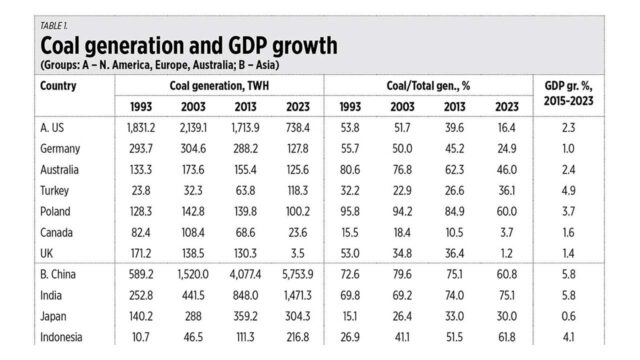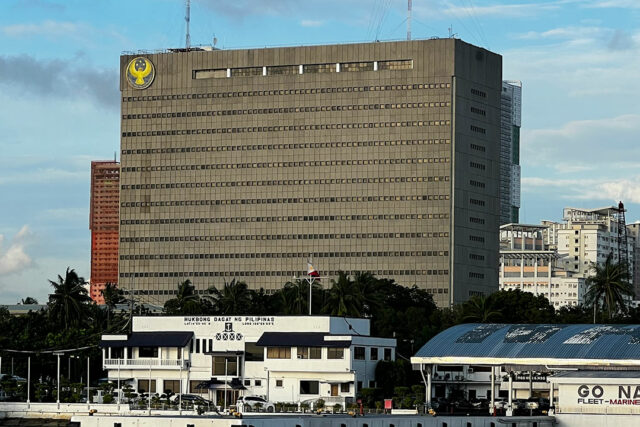Startup seeks more funding for ‘smart’ healthcare backpacks
SOCIAL ENTERPRISE Rise Rural Philippines is tapping nongovernmental organizations (NGOs) and nonprofit groups to help expand the reach of its solar-powered healthcare “smart backpacks.”
“We’re looking for partnerships with NGOs and nonprofits in order to reach more communities [with our smart backpacks],” Rise Rural Philippines Co-Founder and Chief Executive Officer Mark Virgil C. Jamer told BusinessWorld on the sidelines of the Youth Co:Lab Summit by the United Nations Development Programme (UNDP) and Citi Foundation last week.
Rise Rural Philippines was founded in 2022 by a group of undergraduate students and is known for its solar-powered “smart backpacks” that aim to improve healthcare access in the countryside.
Each “smart backpack” has a solar panel and battery, a compartment for medical tools and equipment, a patient information database, and a vaccine and medicine storage, Mr. Jamer said.
Partnering with NGOs and nonprofit groups would help it reduce the expenses to build its “smart backpack,” which costs around P16,000 each, according to the group.
The group has delivered two backpacks: one to the municipality of Tanay, Rizal in Luzon, and another to Siargao.
The organization aims to distribute one “smart backpack” in five Geographically Isolated and Disadvantaged Areas (GIDAs) this year, with its priority locations being in the Southern Tagalog region.
“These GIDAs don’t have access to electricity or if they have, it’s very challenging, and that affects healthcare access,” Mr. Jamer said. “If they don’t have reliable electricity, then these [healthcare] equipment and tools won’t work.”
“We want to partner with suppliers based in the Philippines because most of our materials are outsourced from other countries. So, that’s what our product development team has been working on — reaching out to companies that are working on solar solutions and stuff,” he added.
The group is also working on an advanced version the backpack, taking into consideration the different needs of rural healthcare units, Mr. Jamer said.
“When we were interviewing healthcare professionals and did different community immersions, we realized that these communities are very different in terms of what they need,” he said.
“Considering the differences in each community, we’re looking at a common denominator and then integrating that into the design of the bag so it can be used by any community in the Philippines,” Mr. Jamer added.
However, the delivery of backpacks has also been hampered by some local government units’ (LGUs) permitting processes and requirements, he said.
“When we were talking to one LGU, although they were very interested in accepting a proposal from us, they were requiring a lot of papers, which is something that I think startups, especially those that are youth-led and at a very early stage, won’t be able to like provide immediately,” Mr. Jamer said.
In the medium term, Rise Rural Philippines aims to deliver its smart backpacks to at least 10,000 GIDAs, he added. — B.M.D. Cruz




















